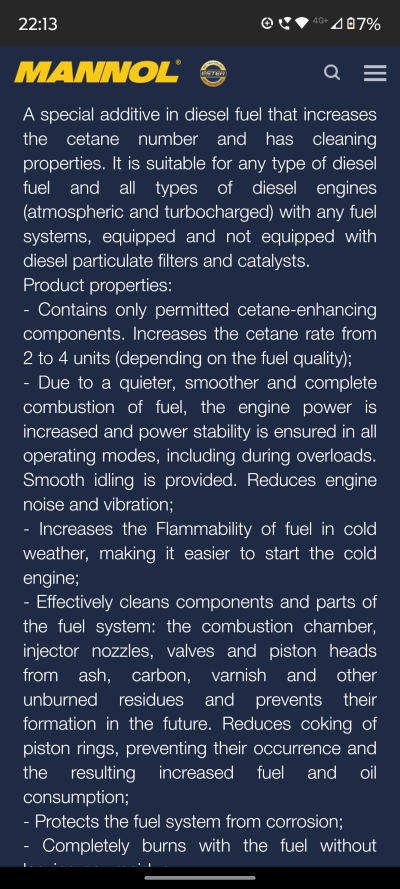Well, this is certainly an unorthodox view........
This is the first entry on Google search (plenty more below it...):
Knowing what these components are and what they do could potentially save you a lot of time and money. Find out what an ECM, TCM and PCM is here!

www.justdieselperformance.com.au
"Carbon build-up is natural in any combustion engine – diesel or petrol. But, over time, this sooty material can thicken and put your engine at risk, causing that infamous dark smoke diesel engines are known to produce."
...
"Over time, this carbon build-up can cause all sorts of problems.... If left untreated, carbon build-up can eventually lead to engine failure."
As I pointed out before, I am not a qualified mechanic, I just go with what Mr Google says.





